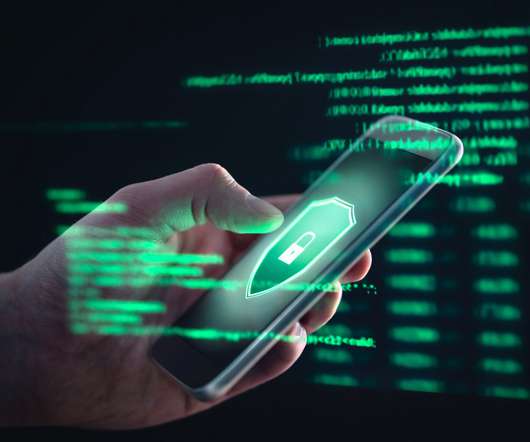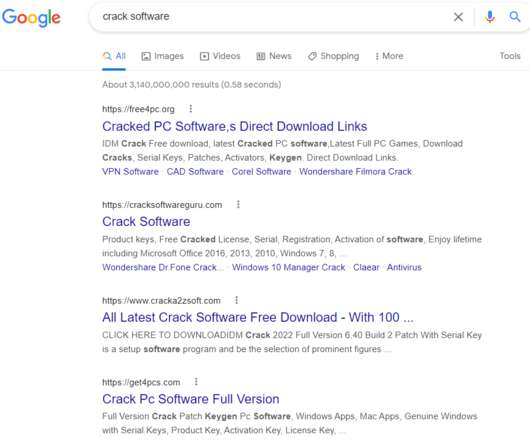Mobile malware evolution 2020
SecureList
MARCH 1, 2021
In their campaigns to infect mobile devices, cybercriminals always resort to social engineering tools, the most common of these passing a malicious application off as another, popular and desirable one. Last year was notable for both malware and adware, the two very close in terms of capabilities. Trends of the year.












Let's personalize your content